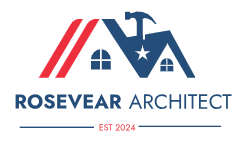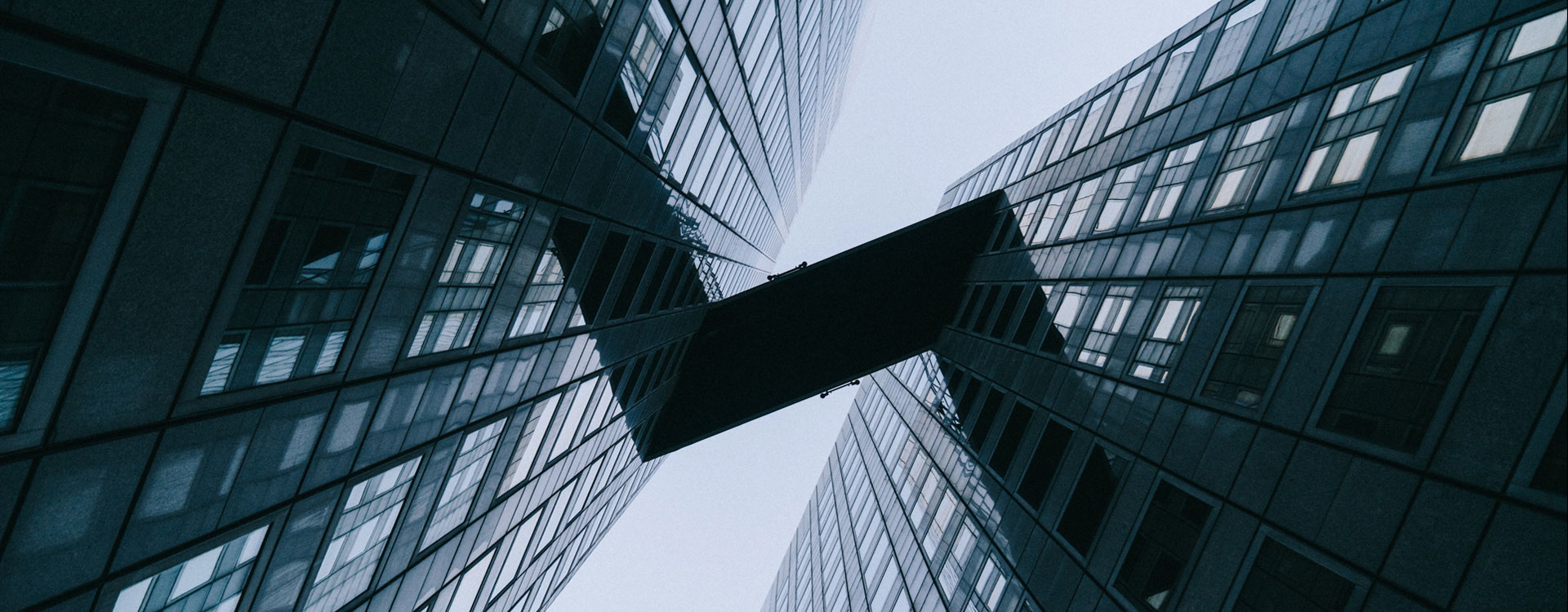The term “shopfitting” refers to the art and science of designing, equipping, and organising retail premises to attain the highest possible levels of usefulness, aesthetic appeal, and operational efficiency. The shopfitting process plays a significant part in determining the overall atmosphere and the consumer experience a business provides.
This includes everything from the strategic design of the layout to the selection of the appropriate fixtures, lighting, and decor. This article examines the many components that are involved in shopfitting and the significance of those components in the process of establishing retail settings that are both welcoming and profitable.

What Is Fit Out?
A fit-out is the process of transforming a place that is either vacant or underutilised into an environment that is not only functional but also visually beautiful and that is by the particular demands and requirements of the people who will be occupying the area.
It is common practice for this procedure to comprise designing, furnishing, and equipping the space to produce an optimal layout that maximises usability, boosts brand identification, and fosters a pleasant user experience. A well-executed fit-out seeks to balance utility, aesthetics, and practicality, according to the specific goals and preferences of the inhabitants of the commercial establishment.
This is true whether the establishment in question is a retail store, office, restaurant, or any other type of commercial establishment. Fit-outs play a significant role in moulding the identity and profitability of organisations by providing environments that are welcoming and productive for customers, employees, or visitors.
This includes everything from selecting appropriate furniture and fixtures to integrating digital solutions and ensuring compliance with legislation.
What Does Shopfitting Include?
Shopfitting is the process of planning and outfitting a store such that it attracts customers, showcases products effectively, and maximises operating efficiency. It usually involves several duties and considerations. The following are essential parts of shopfitting:
- Store Layout and Design: Determining the overall layout and flow of the store to create an inviting and easy-to-navigate environment. This involves considering factors such as traffic flow, product placement, and zoning different areas for specific purposes.
- Fixtures and Displays: Selecting and installing fixtures such as shelves, racks, display cases, and mannequins to showcase merchandise in an attractive and accessible manner. These fixtures are often chosen to reflect the brand’s aesthetic and enhance the presentation of products.
- Lighting: Planning and installing appropriate lighting solutions to highlight products, create ambience, and enhance the overall atmosphere of the store. Effective lighting can draw attention to featured items, create focal points, and contribute to a pleasant shopping experience.
- Signage and Branding: Designing and installing signage, logos, and other branding elements to communicate the store’s identity, promote products, and guide customers through the space. Clear and visually appealing signage can help customers find what they’re looking for and reinforce brand recognition.
- Flooring and Finishes: Selecting flooring materials and finishes that are durable, easy to maintain, and contribute to the overall aesthetic of the store. Flooring choices can impact the perceived quality of the space and influence the customer’s experience.
- Technology Integration: Incorporating technology such as digital signage, interactive displays, and point-of-sale systems to enhance the shopping experience and streamline operations. Integrating technology effectively can provide valuable information to customers and improve efficiency for staff.
- Visual Merchandising: Arranging products and displays in a way that attracts attention, encourages exploration, and stimulates sales. Visual merchandising techniques may include creating themed displays, using colour and signage strategically, and regularly refreshing product presentations.
- Accessibility and Safety: Ensuring the store layout and fixtures comply with accessibility standards and safety regulations. This includes considerations such as providing adequate space for wheelchair access, installing handrails where necessary, and maintaining clear emergency exit routes.
Shopfitting is an all-encompassing method of designing and furnishing retail spaces that take into account the visual appeal as well as the practical efficiency to generate an engaging and lucrative atmosphere for both clients and companies.
Main Goal Of Fit Outs
Fit-outs, often called shopfitting or office fit-outs, are designed to turn a vacant space into a beautiful and practical place that suits the needs and wants of the people who will be living or working there. A retail store, office, restaurant, or any other type of commercial facility usually has the following main goals during a fit-out:
- Optimizing Space Utilization: Efficiently utilizing the available space to accommodate the desired layout, workflow, and functional requirements of the occupants. This involves strategic planning to maximize usable area while ensuring comfort and accessibility.
- Enhancing Brand Identity: Reflecting the brand’s identity and values through the design, decor, and overall ambience of the space. Fit-outs play a crucial role in creating a cohesive and immersive brand experience that resonates with customers or clients.
- Creating a Positive User Experience: Prioritizing user comfort, convenience, and satisfaction by considering factors such as ergonomics, lighting, acoustics, and environmental quality. A well-executed fit-out contributes to a positive experience for employees, customers, or visitors.
- Promoting Productivity and Efficiency: Designing the space to support efficient workflows, collaboration, and productivity. This may involve optimizing the layout, providing appropriate furniture and equipment, and integrating technology solutions to streamline operations.
- Attracting and Retaining Customers/Talent: Creating an inviting and engaging environment that attracts customers, clients, or talent and encourages them to return. A well-designed fit-out can differentiate a business from competitors and contribute to customer loyalty or employee satisfaction.
- Compliance with Regulations: Ensuring that the fit-out meets all relevant building codes, regulations, and standards for safety, accessibility, and environmental sustainability. Compliance is essential to protect occupants and mitigate legal and financial risks.
- Cost-effectiveness: Achieving the desired outcomes within budget constraints by carefully selecting materials, finishes, and furnishings that offer the best value for money. Balancing cost considerations with quality and durability is key to successful fit-outs.
A room can be effectively transformed through fit-outs into a purpose-built environment that is both aesthetically beautiful and useful, allowing it to support the occupants’ activities and objectives while also representing their brand identity and values.
Conclusion
Fit-outs are an essential component in the process of forming the identity and usefulness of commercial spaces, regardless of whether the spaces in question are retail stores, offices, restaurants, or other types of establishments.
One of the goals of fit-outs is to maximise the use of space by strategically planning and executing the design, layout, and furnishing of that area. Additionally, fit-outs aim to enhance the brand identity of the space and generate positive experiences for both the tenants and the visitors.
It is the goal of fit-outs to achieve a harmonic balance between usefulness, aesthetics, and practicality. This is accomplished by giving careful thought to a variety of criteria, including space utilisation, brand representation, user experience, productivity, compliance, and cost-effectiveness.
A well-executed fit-out ultimately contributes to the success and longevity of a business by attracting clients, fostering staff satisfaction, and supporting efficient operations. This is accomplished through the use of a variety of strategies.
The function of fit-outs continues to be vital in the process of developing settings that can satisfy the requirements of modern consumers as well as businesses. This is because businesses are constantly evolving and adapting to new needs and changing trends.
Fit-outs play a crucial part in the transformation of rooms into vivid and purposeful settings that leave an impression that lasts indefinitely. This transformation is accomplished via careful planning, imagination, and attention to detail.
For more information, visit shop fitouts melbourne.

